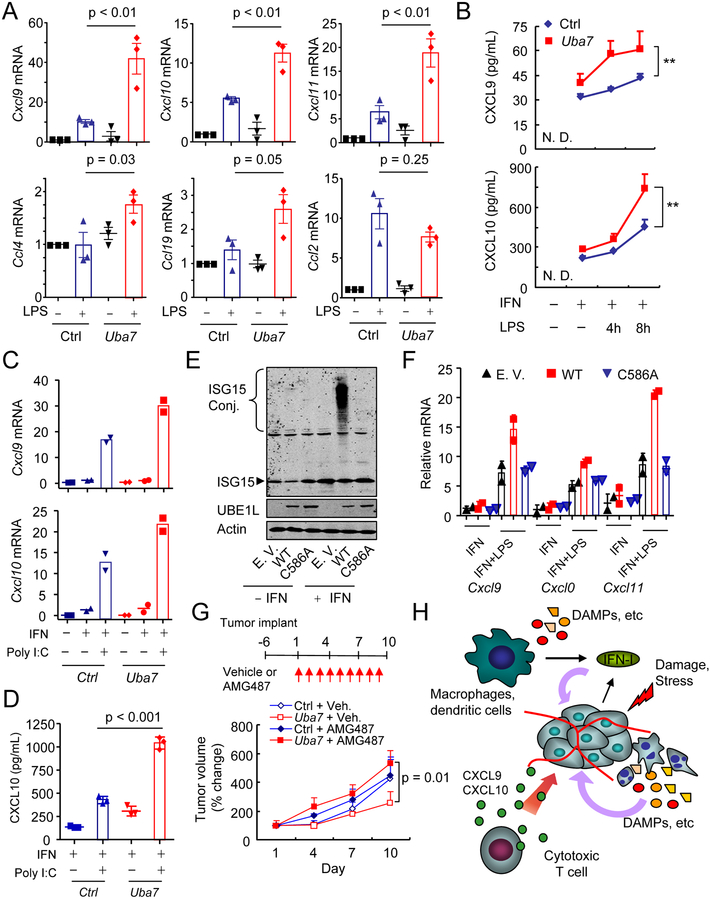Figure 3. ISGylation synergizes with TLRs signaling to increase expression of CXCR3 ligands.
A, RT-qPCR analyzing expression of multiple chemokines in IFN-primed Ctrl or Uba7 MECs after TLR4 activation (mean + SEM, n = 3). p, one-way ANOVA Post-hoc Tukey’s test.
B, Secreted CXCL9/10 in the supernatant from Ctrl or Uba7 MECs by ELISA (mean + SD, n = 3). **, p < 0.01, two-way ANOVA.
C, RT-qPCR analyzing expression of Cxcl9/10 in IFN-primed Ctrl or Uba7 MECs after poly I:C treatment (mean from biological duplicates).
D, Secreted CXCL10 in the supernatant from Ctrl or Uba7 MECs by ELISA (mean + SD, n = 3). p, one-way ANOVA Post-hoc Tukey’s test.
E, Restored expression of WT and UBA7 C586A in PyVmT/Uba7 KO MECs. Cells were treated by type I IFN (1000 U/ml) for 24h and cell lysate were immunoblotted for antibodies as indicated.
F, RT-qPCR analysis of expression of CXCR3 ligands from empty vector, WT UBA7, and UBA7 C586A expressing MECs after each perturbation (mean + SD from biological duplicates).
G, Tumor volume changes of orthotopic tumors by Ctrl or Uba7 MECs after treated with vehicle or AMG 487 (mean + SEM, n = 4–5). p, two-way ANOVA.
H, Model of protein ISGylation-regulated expression of CXCR3 ligands and their contribution to anti-tumor immunity. The presence of protein ISGylation facilitates IFN/TLRs-stimulated CXCL9/10 expression in the tumor microenvironment, therefore promotes CXCR3 signaling axis-guided intratumoral infiltration of cytotoxic T cell.

